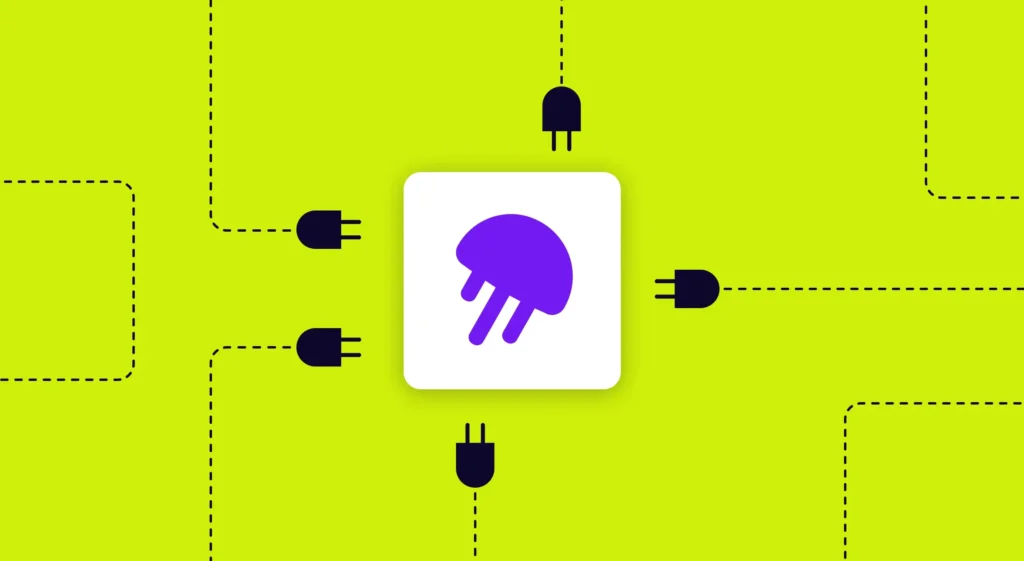In the realm of software development and IT operations, DevOps has emerged as a key methodology for streamlining processes, enhancing collaboration, and improving overall productivity. To gauge the success of DevOps implementation and ensure continuous improvement in this practice, it is essential to establish a set of relevant performance indicators or KPIs (Key Performance Indicators).
As such, for many organizations, it’s crucial to understand various DevOps KPIs, their significance, and how they contribute to the organization’s growth. One often important aspect is the establishment of a DevOps scorecard that serves as an effective tool for monitoring progress, identifying bottlenecks, and guiding optimization efforts.
A DevOps scorecard will often consist of selected DevOps KPIs that provide valuable insights into different facets of the development process. By regularly reviewing these metrics, organizations can identify areas that need attention while ensuring consistent progress toward their goals.
DevOps KPIs to Track:
- Deployment frequency is an indicator of how often new features or bug fixes are pushed to production. A higher deployment frequency indicates a faster delivery pipeline.
- Lead time for changes refers to the duration from when new code is committed until it reaches production. Shorter lead times can be indicative of efficient processes and quick decision-making within the team.
- The Mean Time to Recover (MTTR) focuses on resilience by measuring the average amount of time required to restore services after a failure or incident occurs. Lower MTTR values suggest robust systems with efficient recovery mechanisms in place.
- Change Failure Rate evaluates the percentage of deployments resulting in failure or rollback due to issues detected during testing or production stages. A lower CFR signals better testing practices and a more stable release environment.
Understanding and tracking relevant DevOps KPIs is essential for organizations to ensure the successful implementation of their DevOps initiatives. By leveraging a comprehensive DevOps scorecard and considering industry benchmarks, companies can continuously refine their practices, boost collaboration among teams, and ultimately achieve greater efficiency in delivering high-quality software solutions.

Dora Metrics
DORA Metrics, an acronym for Deployment Frequency, Lead Time for Changes, Change Failure Rate, and Mean Time to Recovery, are a few key performance indicators (KPIs) that have become increasingly popular in the software development and operations world.
These metrics enable organizations to better understand their software delivery process and identify areas for improvement, often leading to more efficient and effective practices. One common question that arises is: “What is DORA Metrics?”
Simply put, DORA Metrics help gauge the effectiveness of an organization’s software delivery pipeline by focusing on four primary aspects: how often code is deployed, how long it takes for a change to go from being committed to running in production; the percentage of changes that result in failure; and the average time it takes for a failed change to be resolved. By tracking these metrics consistently over time, organizations can gain valuable insights into their development processes and make data-driven decisions.
With this information at hand, teams can continue refining their development processes for optimal efficiency and effectiveness. Incorporating DORA Metrics into your organization’s practices can provide several benefits:
- First, these metrics promote increased collaboration between development and operations teams by encouraging shared ownership of the end-to-end software delivery process.
- Additionally, they help organizations identify bottlenecks or problem areas within their existing workflows so that targeted improvements can be made.
Ultimately, using DORA Metrics enables organizations to deliver higher-quality products more rapidly—often resulting in greater customer satisfaction and competitive advantage.
Embracing DORA Metrics as part of your organization’s approach to software delivery can yield significant benefits in terms of efficiency, effectiveness, and collaboration. By utilizing a DORA Metrics dashboard to provide real-time visibility into performance data, teams can quickly identify trends and make data-driven decisions to continuously improve their processes. Overall, implementing DORA Metrics is an excellent way for organizations to optimize their software development pipeline and ensure they are delivering the best possible products to their customers.






